Ivan Petkov
I love the moment when cinema lights are off, when I’m filled with anticipation, excitement left over from childhood, when I was unable to discern the pictures on the screen and the things that were happening outside it. In the course of time, everyone starts to draw the line between the world outside the screen and the one we see on it - the fiction, the problems and fates of the characters and the inevitable climax and end that await us. Cinema is a billion dollar industry that manages to create its own atmosphere beyond the big screen too. This atmosphere has a touch of luxury, of glamorous awards ceremonies, of paparazzi and curious details of the lives of the stars of the film industry – a life like in a film.
There is another part of film art in which there is no sharp line to take you to an entirely imaginary world when the lights are off. To the contrary, documentaries bring to light certain aspects of reality and display them, draw the audience's attention and present moments of our daily lives that are around us, whether we perceive them or whether they remain hidden or in the background. Documentaries rearrange a larger and comprehensive puzzle, assemble stories and facts to show a complete picture of a problem, event or fate of otherwise fragmented reality. They have another feature that, perhaps, is even more important – to preserve the diversity of our age in order to hand it down to the generations that come after us. This is historical factology, which was not available only a century ago.
Viewed from many angles, documentaries are on the crest of the wave. Do not hurry to judge especially if you disagree. It all began in 2004 when Michael Moore won the Palme d'Or for the film "Fahrenheit 9/11." It was the only documentary in the selection of 20 films fighting for the prestigious award. Following the recognition of documentaries, many films, representatives of the genre, have been included in the selection of prestigious film festivals. It turns out that the trend is not a temporary fashion phenomenon. Today, documentary filmmaking holds 16% of the film market during the Cannes Film Festival. Only 5 years ago, this figure was just 5%.
Documentary filmmaking does not limit its development to productions funded by different companies or cultural programmes that support it. The digital age has revolutionized the genre. Today, it is a fact that anyone who has a computer and a video camera can make documentaries. And it is not just that – he or she can enjoy the multimillion audience on the Internet. Services such as YouTube, Vimeo and Dailymotion have changed the method of distribution, watching and sharing video online. It is impossible for us to imagine a news site which has no video news.
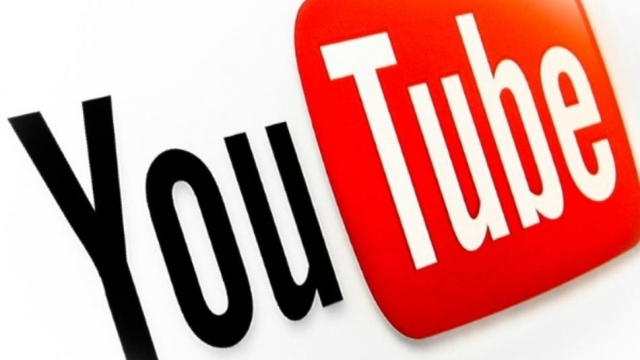
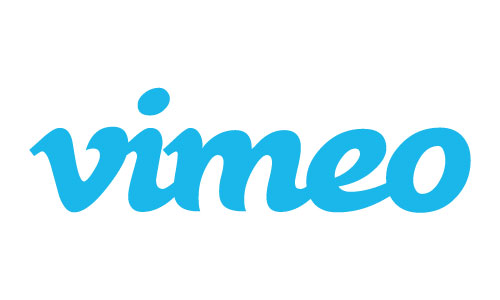
In addition to offering and sharing of individual videos, these sites offer their users and their audience the option of creating channels in which everyone can present his or her production of films and videos. Channels with diverse focus have appeared too, including channels associated with the documentary genre. The Documentary Network gathers different documentaries in a single channel. GRReporter also offers 3 channels with documentaries for each of our language versions - Bulgarian, English and Greek.

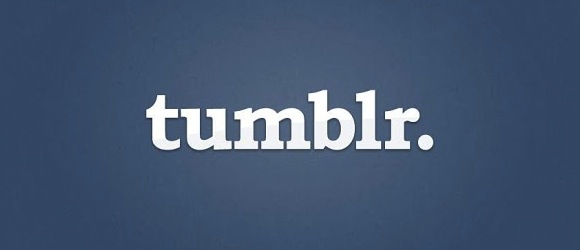
Fans of documentaries create video blogs containing the productions they like. Such a collection of full-length and free documentaries is available from the relatively new social networking site Pinterest. We have come across a blog on Tumblr, which presents documentaries longer than 3 minutes.
The future of documentary filmmaking is related to paid services that offer documentaries with a larger budget. Such video streaming services are becoming more popular, imposing a billion dollar industry. Smart TVs, set-top devices, different media centres and gaming consoles, smartphones and tablets are the channels to access these services. We cannot but mention Netflix and Hulu as well.
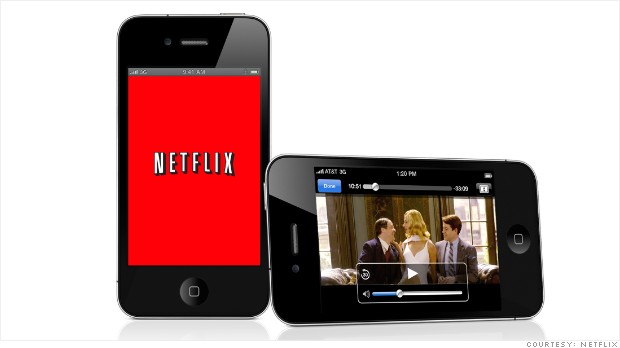
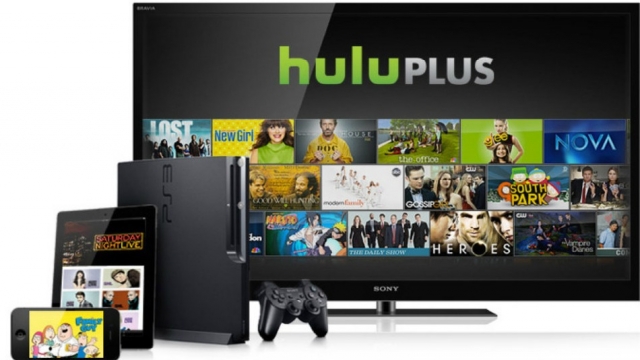
Both services are offered to limited markets. Despite the fact that our region is not among them, they clearly show the trend in accessing multimedia content, part of which are documentaries. Another major player that intends to enter the market of paid content is Google, which owns two major channels: YouTube and Google Play. Microsoft and Apple are also paying serious attention to this segment, respectively via Xbox and AppleTV.
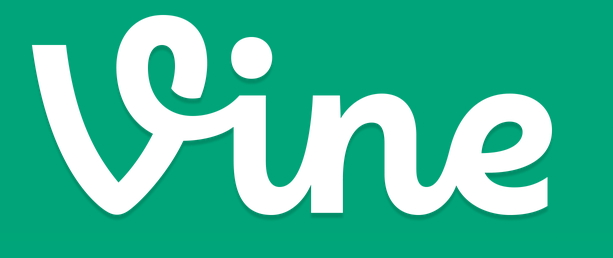
Vine is a service that is accessible only through iPhone / iPad and its idea is very original: to publish a video of up to 6 seconds. We can say that this micro video blogging service already has its loyal fans. Here is an example of an original video and of what can be captured within 6 seconds: The Paperman’s escape.
Analysts say that in the next 10 years, documentary filmmaking, in all its modern incarnations, will grow very rapidly and will record an increase in the number of viewers as part of the film market. From the enthusiasts who create their own home videos and channels to major documentaries and TV channels, they all find their place and path to the viewer. As we have seen, the means of access are different and in fact, through ultra-portable gadgets like tablets and smartphones, we can consume film content while sitting on the sofa at home or while in a plane or in the open air.
Finally, we have to answer the main question: Why is the interest in documentaries growing? This is because documentary filmmaking provides the means which enable each of us to reflect the political and social environment in which we live. Every person has the means to become a source of news, to show his or her world, to publicly state his or her position, to show his or her interests and to present his or her part of reality; to declare his or her existence. And it has never been as easy as it is now. The lights are on and it’s your turn! Camera and another action of reality.